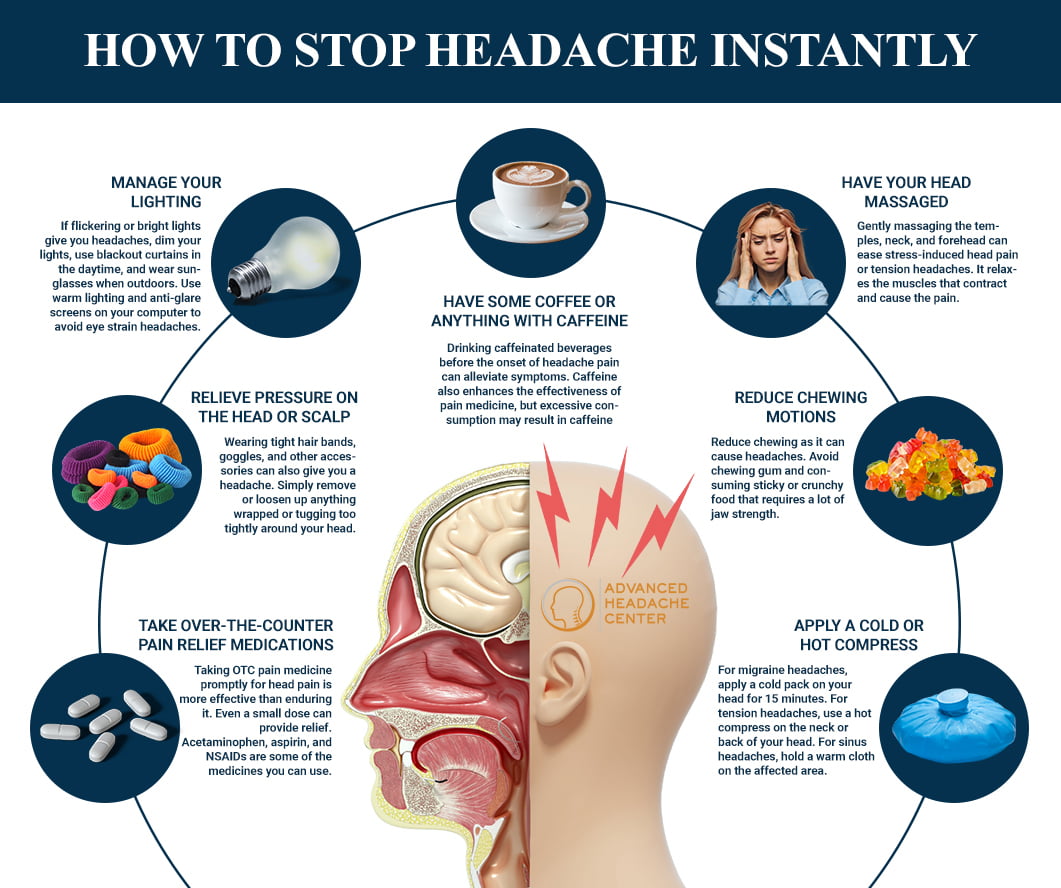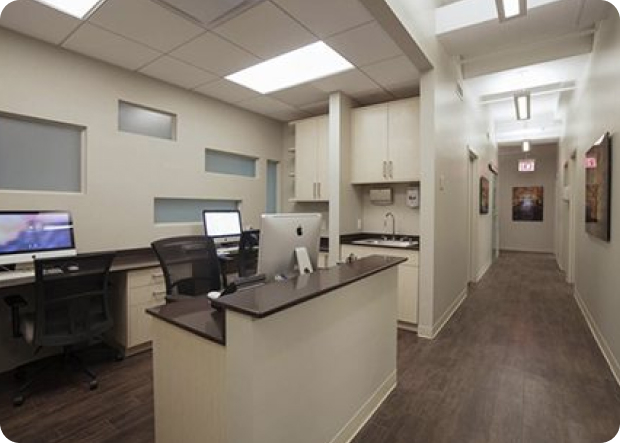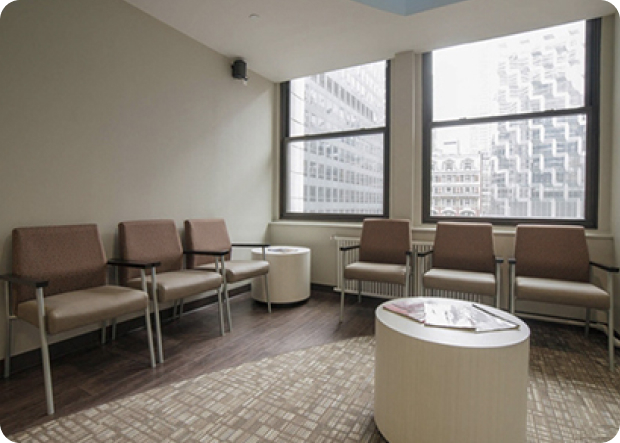All of us have experienced headaches more than once, whether it’s from an eye strain, flu, or just the aftermath of pulling a series of all-nighters. Some patients opt to ignore it. But there are actually some you can try to relieve this symptom immediately and go about your day. You might not want to shrug off your headache, especially if the pain has been recurring and affecting your quality of life.
So how can you get rid of headaches? You can relieve a headache immediately by taking over-the-counter medications, applying a hot or cold compress, relieving pressure on your head, and reducing chewing. Managing your lighting, having some caffeine, and massaging your head can also help promote pain relief. Consult your healthcare provider for a diagnosis and treatment plan if you have recurring symptoms.
How to Stop Headache Instantly
If you suddenly experience headache pain, the last thing you’ll want to do is ignore it. You may do some options for immediate head pain relief, even if you haven’t consulted your doctor yet. Some steps include taking over-the-counter pain medicine and applying a cold or hot compress. You can also remove pressure from your head or scalp and reduce chewing motions. Having some caffeine, getting a head massage, and managing your lighting can also help.

1) Take Over-the-Counter Pain Relief Medications
Taking over-the-counter pain medicine soon after head pain is better than enduring it for as long as you can. This can provide headache relief even at a small dose. Some medicines you can take are acetaminophen, aspirin, and NSAIDs.
2) Apply a Cold or Hot Compress
If you already know the type of headache bugging you, you may also apply a hot or cold compress to ease the pain. Placing a cold pack on your head for 15 minutes can help relieve migraine headache symptoms. while a hot compress on the neck or the back of your head works for a tension headache. Holding a warm cloth on the area with pain or taking a warm shower helps with sinus headaches.
3) Relieve Pressure on the Head or Scalp
Wearing tight hair bands, goggles, and other accessories can also give you a headache. This is because of too much pressure. You may also want to be mindful about your hairstyle, as tight ponytails may have a similar effect. Simply remove or loosen up anything wrapped or tugging too tightly around your head.
4) Reduce Chewing Motions
You might want to reduce chewing because they can also cause headaches. Avoid chewing gums and other food requiring lots of jaw strength, like consuming sticky or crunchy food. This also includes being more attentive in mannerisms, like chewing your lips or fingernails. If you grind your teeth in your sleep, you can consult your dentist about having a mouth guard.
5) Manage Your Lighting
Dim your lights if flickering or bright lights have been giving you head pain because this might be a migraine headache. You might also want to opt for blackout curtains in the daytime and wear sunglasses when outdoors. Warm lighting is also a better option for your light fixtures. Adding an anti-glare screen to your computer will help you prevent getting a headache from eye strain.
6) Have Some Coffee or Anything with Caffeine
Drinking coffee, tea, or any other food with caffeine early on before the onset of your headache pain can ease these symptoms. Caffeine also helps your pain medicine work better, but you might not want too much of this because caffeine withdrawal can give you another headache.
7) Have Your Head Massaged
Massaging the head by gently pressing on the temples, neck, and forehead and rotating can help relieve stress-induced head pain or a tension headache. This promotes the relaxation of the muscles, which contract and cause head pain.
How to Control Headache
If you’ve been experiencing frequent headache symptoms, methods for immediate pain relief may only do much. You must see your healthcare provider and seek a diagnosis for your head pain. This headache may be a sign of another condition or a primary headache needing holistic treatment and management.
To better control your headache, you might want to determine the type of headache you have by describing how the pain feels and knowing its triggers. After a series of laboratory and imaging tests, your healthcare provider can provide a conclusive diagnosis and treatment for long-term head pain relief.
Determine the Type of Headache You Have
The first step to diagnosing and managing your headache symptoms is determining its type. Headaches may involve the same head pain, but identifying their differences in terms of sensation and frequency is crucial in arriving at a conclusive diagnosis. Some aspects patients should be attentive to during headache attacks are the type of pain they feel and its triggers or causes.
1) What Type of Pain Do You Experience?
Headache pain comes in different descriptions, from a throbbing or pulsing sensation to a feeling of having a tight band around your head. You should also be attentive to the location at your head where you feel the pain and its severity. Each primary headache disorder comes with different types of pain due to hormonal imbalances or muscle contractions.
2) What are the Triggers?
Your headache is also likely triggered by stimuli in your environment, and identifying this is also necessary for diagnosing your headache type. Some primary headache disorders are triggered by blinking lights, stress, or certain foods. You should take note of the frequency of your headache attacks. It helps to keep a journal to track your headache symptoms for a more productive consultation with your healthcare provider.
Take Laboratory and Imaging Tests
Your healthcare provider might also request laboratory and imaging tests after interviewing you, taking note of your medical history, and performing a physical examination. These tests will provide a data-based interpretation of your state, giving medical professionals a conclusive basis for diagnosing or ruling out underlying medical conditions, like brain aneurysms, tumors, and others.
Some tests you can expect are:
- X-ray – while this test is less likely to be requested by your doctor, x-rays are sometimes done to rule out skull fractures or headaches from a poorly-healed injury.
- CT scan – CT scans are often requested to detect bleeding, tumor, and other findings that may point to an underlying medical condition explaining secondary headaches.
- MRI – this provides a detailed image of your brain and its chemicals, helping the doctor explain your headache.
Proceed to the Treatment Plan Prepared by Your Healthcare Provider
Your doctor will then prepare a treatment plan to treat or control your headache disorder, improving your quality of life. These can involve methods that aren’t limited to pain medicines — they may also include physical therapy, interventional medical headache treatments, and lifestyle change.
Knowing More About Your Headaches
To be more attentive to your headache and report detailed descriptions of your condition to your medical professional, you might want to be familiar with the common types of headaches. This also allows you to manage your headache symptoms better.
Your condition may be episodic, happening frequently but not more than 15 days a month, or a chronic headache, happening more than 15 days a month. It can also be a primary headache, where your head pain is the main health concern, or a secondary headache, where it might be caused by an underlying condition.
| Types of Headache | Symptoms | Causes or Triggers |
| Chronic migraine | Throbbing pain on one side of the head Light and sound sensitivity Nausea Vomiting | Chemical exposure Dehydration Hormonal imbalance Skipping meals Sleep disruption |
| Cluster headache | Piercing pain or severe burning sensation behind the eye area and/or one side of the face Swelling, sweating, and redness of the area with head pain Nasal congestion Eye tearing | Cause unknown, but headache patterns are related to imbalances in the hypothalamus, which acts as the body’s body clock |
| Chornic tension headache | Dull pain all over the head, similar to the sensation of having a tight band wrapped around you Neck pain Sensitivity of the shoulder muscles | Stress |
| New daily persistent headaches (NDPH) | Constant and long-lasting moderate to severe headache Remembering the details of onset of symptoms | Infection Underlying medical condition |
Natural Remedy for Headaches
Aside from taking pain medicines and other interventional treatment options, there are also some home remedies to reduce your headache or migraine attacks and improve your quality of life.
Some of these home remedies include:
- Consume some ginger in tea, supplement, or other forms
- Taking magnesium supplements
- Reducing consumption of alcoholic beverages
- Keeping yourself hydrated
- Maintaining a healthy sleeping cycle
- Trying applying essential oils
- Including vitamin B-complex in your routine
- Consulting your doctor about taking coenzyme Q10
- Practicing relaxation
- Leading a healthier lifestyle
Holistic and Integrative Treatment Options for Headache Relief at Advanced Headache Center
Your Harvard-trained specialist at Advanced Headache Center will prepare a treatment plan for your head pain. Some conditions related to chronic headaches don’t have a cure yet, so comprehensive methods to control the symptoms are crucial for patients.
1) Multimodal Approach
Advanced Headache Center implements an integrative treatment for headaches involving a multimodal approach, where managing the disorder doesn’t revolve around pain medications only. Patients will also have non-pharmacological treatment options. This concerns not only the treatment for head pain but also prevention.
2) Rational Polypharmacy
Rational polypharmacy involves the comprehensive management of headache disorders with multiple medications not focused on pain relief medicines. Your specialist at Advanced Headache Center will create a course of treatment to avoid codependency and adverse reactions.
3) Trigger Points Injection
Treatment options for chronic headaches may also involve injecting your trigger points with local anesthetic as prophylaxis for head pain. Trigger points are sensitive and tight areas of the muscle resulting in pain when pressed or stimulated.
4) Occipital Nerve Blocks
When occipital nerves are inflamed or injured, patients experience migraine and tension headaches. Injecting pain relief medications and steroids into the tissues surrounding these nerves helps block the pain and decrease inflammation.
5) Intravenous Infusions
Patients hesitant about taking pain relief medications may have IV therapy involving the infusion of vitamins, hydration, and electrolytes, like magnesium, into the blood. This option helps treat inflammation, pain, and nausea and reduces the oversensitivity of the nerve endings.
6) Sphenopalatine Ganglion Block
The sphenopalatine ganglion block procedure involves administering local anesthetic into the group of nerves behind the nose. The nerve mainly involved in headaches and facial pain, called the trigeminal nerve, is linked to the Sphenopalatine Ganglion. This treatment serves as a pain relief option and prophylaxis for headaches.
7) Physical Therapy
Physical therapy can treat and manage headache disorders resulting from musculoskeletal issues, like spinal disc conditions, muscle tightness and tension, and poor posture. These programs are customized according to your needs.
8) Chiropractic Care
Headaches may be caused or aggravated by a misalignment in the vertebrae as it interferes with the nerves. As chiropractic care helps relieve the stress from these spinal issues, it also reduces head pain, even eliminating it. Chiropractic treatment also improves the function of your spinal column.
9) Acupuncture
Acupuncture promotes relaxation by stimulating your nervous system, helping relieve headaches and migraine attacks. Expert acupuncturists use fine needles into pressure points of the body, so patients will only experience minimal discomfort from the procedure.
Book an Appointment at Advanced Headache Center for Your Headache
Headaches disrupt your daily activities as they may keep you from functioning at an optimal level. There are many ways to relieve headaches instantly, but you might want to consult a specialist to get a holistic treatment plan if you experience frequent and severe headaches.
Advanced Headache Center is one of the most reputable centers for pain and headache treatment in New York and New Jersey. Patients can expect to receive integrative head pain solutions spearheaded by Harvard-trained specialists. Get started on improving your quality of life today by relieving your headaches. Book an appointment by visiting one of our clinics, leaving us a call, or filling out a form at our website.




